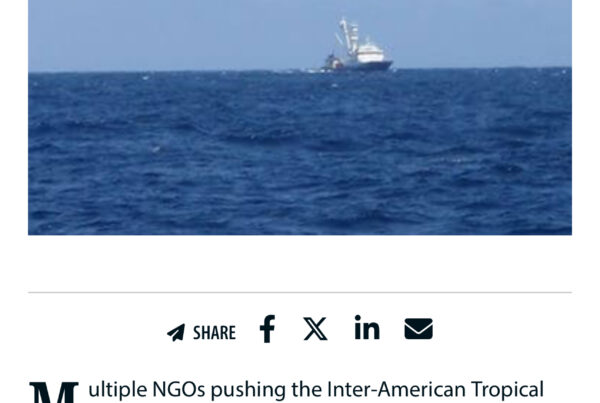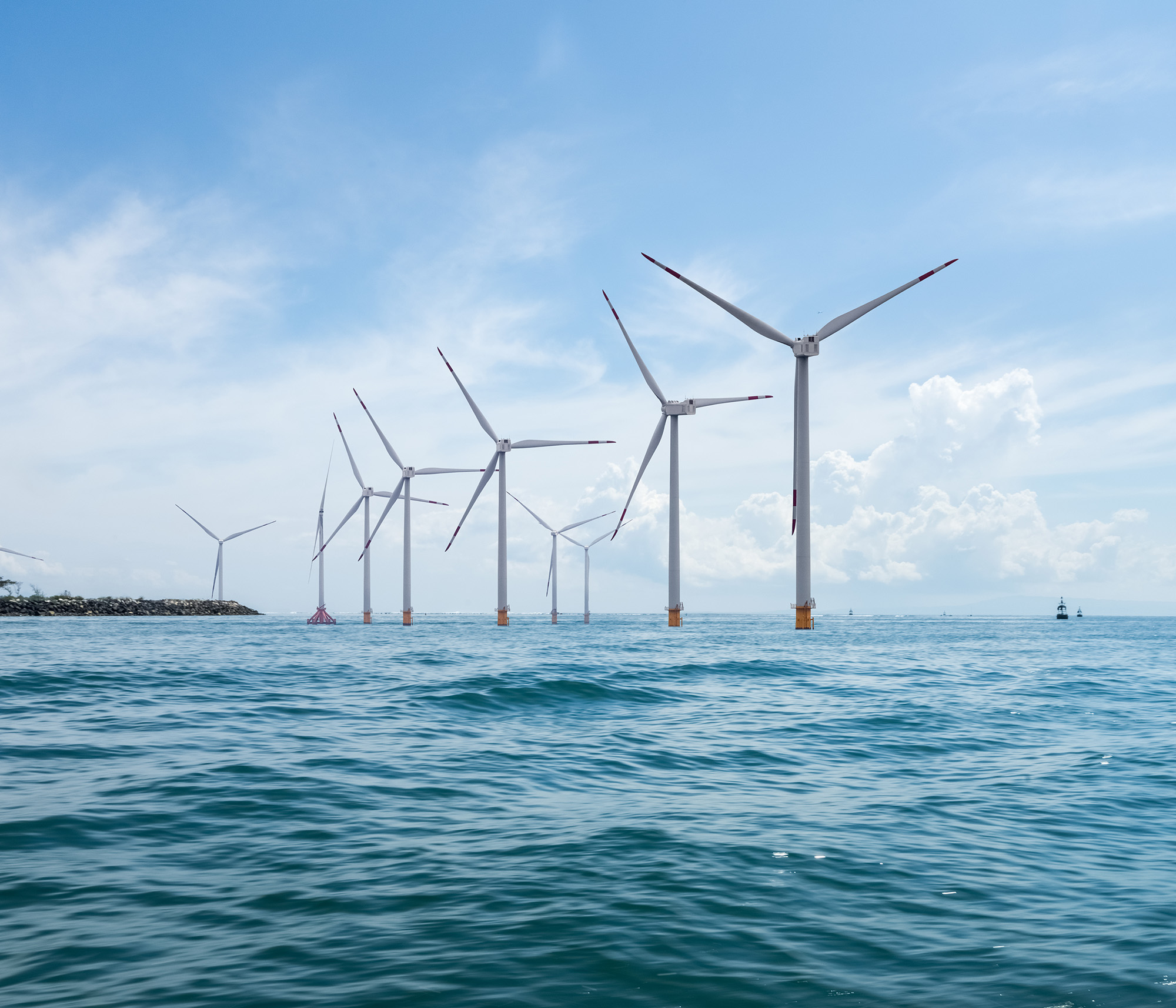The potential impact of offshore wind farms through decreasing sea surface wind speed on the shear forcing and its consequences for the ocean dynamics are investigated. Based on the unstructured-grid model SCHISM, we present a new cross-scale hydrodynamic model setup for the southern North Sea, which enables high-resolution analysis of offshore wind farms in the marine environment. We introduce an observational-based empirical approach to parameterize the atmospheric wakes in a hydrodynamic model and simulate the seasonal cycle of the summer stratification in consideration of the recent state of wind farm development in the southern North Sea. The simulations show the emergence of large-scale attenuation in the wind forcing and associated alterations in the local hydro- and thermodynamics. The wake effects lead to unanticipated spatial variability in the mean horizontal currents and to the formation of large-scale dipoles in the sea surface elevation. Induced changes in the vertical and lateral flow are sufficiently strong to influence the residual currents and entail alterations of the temperature and salinity distribution in areas of wind farm operation. Ultimately, the dipole-related processes affect the stratification development in the southern North Sea and indicate potential impact on marine ecosystem processes. In the German Bight, in particular, we observe large-scale structural change in stratification strength, which eventually enhances the stratification during the decline of the summer stratification toward autumn.
Recommended For You
 News
News
Nonprofit pressure pays off with IATTC approval of albacore harvest strategy
Joshlyn HardwickFebruary 27, 2024
 News
News
Turbulent Waters: The Future of the Tuna Industry Amid Challenges
Joshlyn HardwickFebruary 26, 2024

